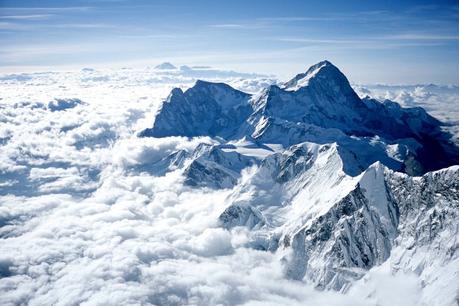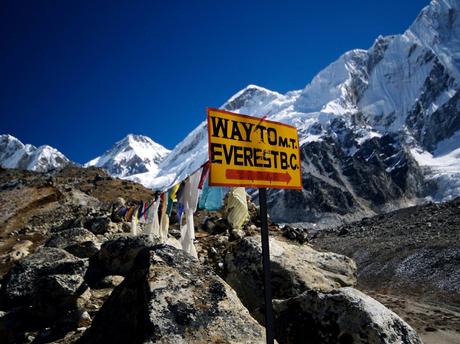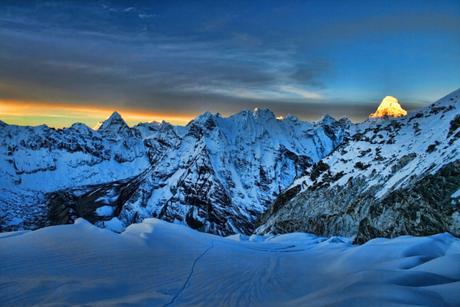The Himalayas are not merely a geographical feature, a range of mountains; they epitomize a people’s civilization identity that goes back to the dawn of history. If these majestic mountains were not there, the rain clouds sweeping up from the Indian Ocean would have passed over the Indian subcontinent into central Asia leaving it a burning desert. Himalayas is known for its historical, religious, and geographical significance.

Historically it has a lot of relevance it served as a guard from various invasions, a border and a meeting ground for different races, culture and religion. It formed a divide between India and Tibet. But that barrier didn’t stopped individuals from pursuing adventurous journeys to explore the unknown side of the mountains. People traveled for religious and trade purposes. The trans-Himalayan region was a key center for trade and commerce. With the famous Silk Route this region first gained importance during the early Han dynasty i.e. 206 BC to 8 AD. The route connected Central Asia with South Asia, and created a bridge between culturally and religiously diverse countries such as India, China, Afghanistan, Nepal, and Bhutan. Himalayas was also a witness to the Indus Valley Civilization, the oldest Indian Civilization. In 1856 in the foothills of the Himalayas the twin cities of Mohenjo-daro and Harappa was discovered. So Himalayas has a rich historical background to unfold.

To explore the Himalayas innumerable attempts have been made as the Mount Everest has been opened for commercial mountaineering in the early 1920s. But Tenzing Norgay and Sir Edmund Hillary have made the first successful attempt to climb the Everest in May 1953. Since then many successful attempt have been made to climb the Mount Everest. The Himalayas history is both interesting and intriguing. There are so many things to know, so let’s begin. The Himalayas are not merely a geographical feature, a range of mountains; they epitomize a people’s civilization identity that goes back to the dawn of history.

If these majestic mountains were not there, the rain clouds sweeping up from the Indian Ocean would have passed over the Indian subcontinent into central Asia leaving it a burning desert. Archaeological evidence about Himalayas history reveals that urban civilization first emerged in the valleys of the rivers coursing down from the Himalayan mountains. When man elsewhere was cautiously emerging from his cave shelters, spectacular cities flourished at Mohenjo-Daro and Harappa in the Indus valley.
* Information on the traditional uses and properties of herbs/ animals/ yoga/ places are provided on this site is for educational use only, and is not intended as medical advice. all image credit goes to their Photographers.
